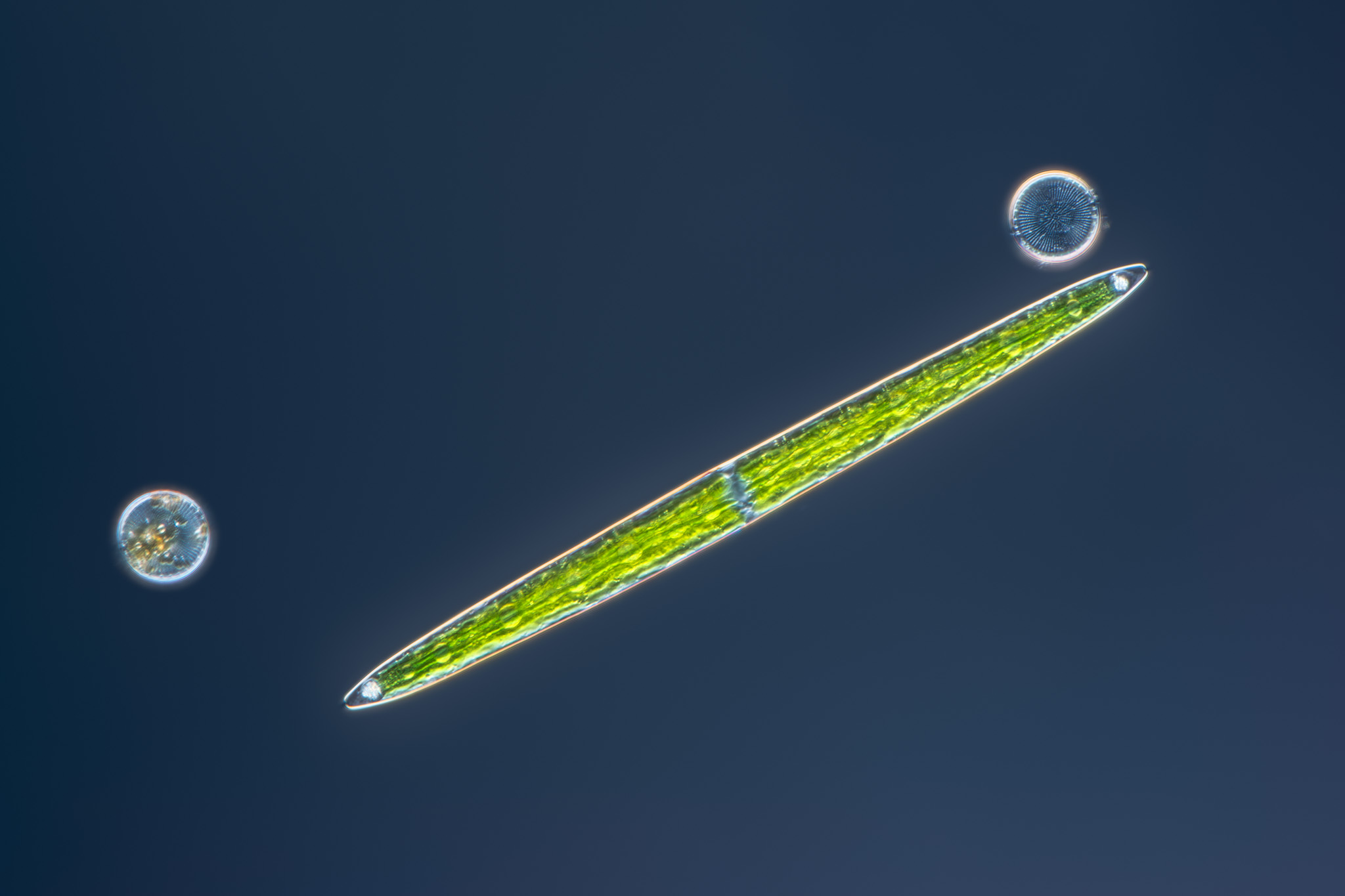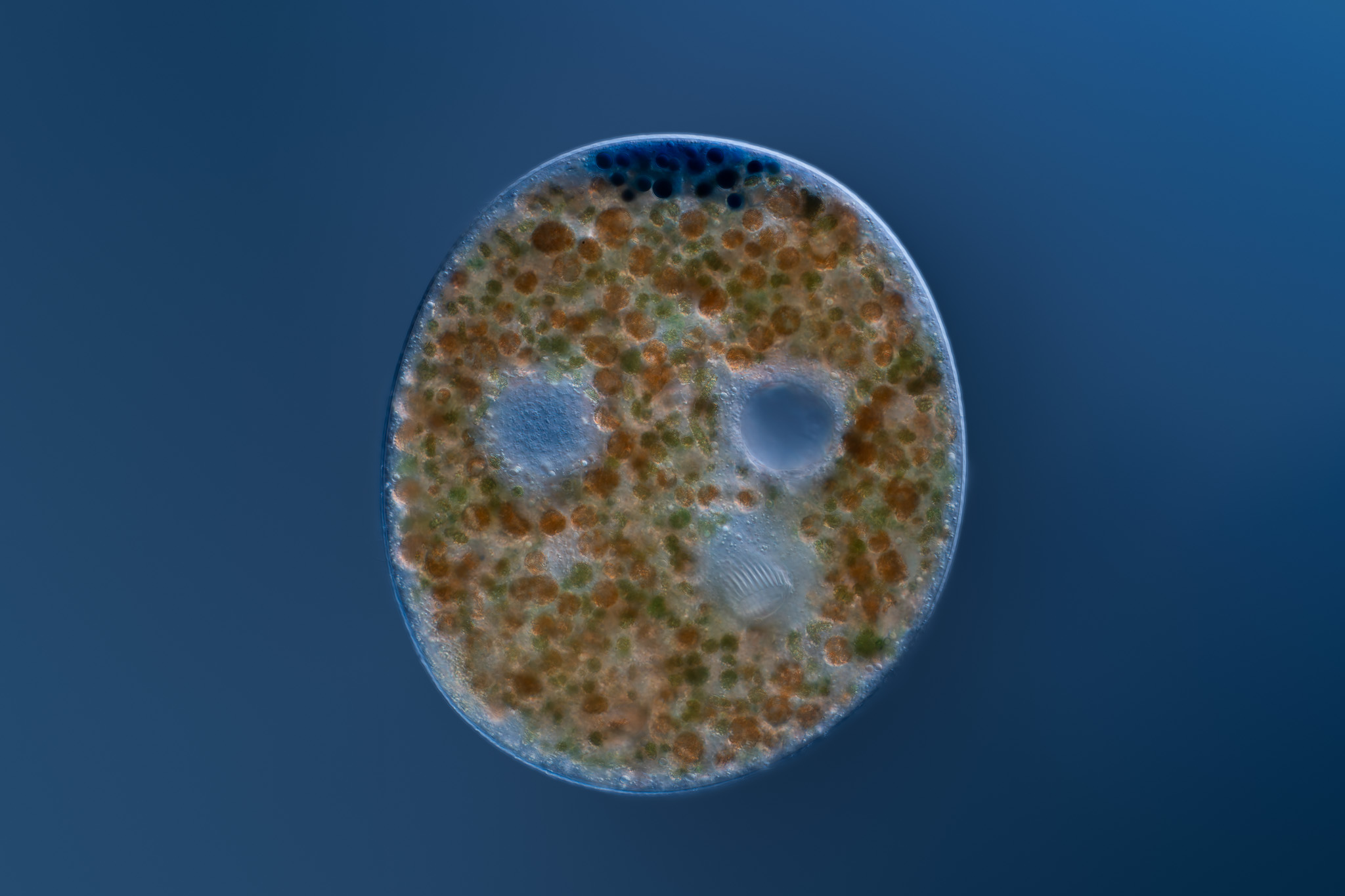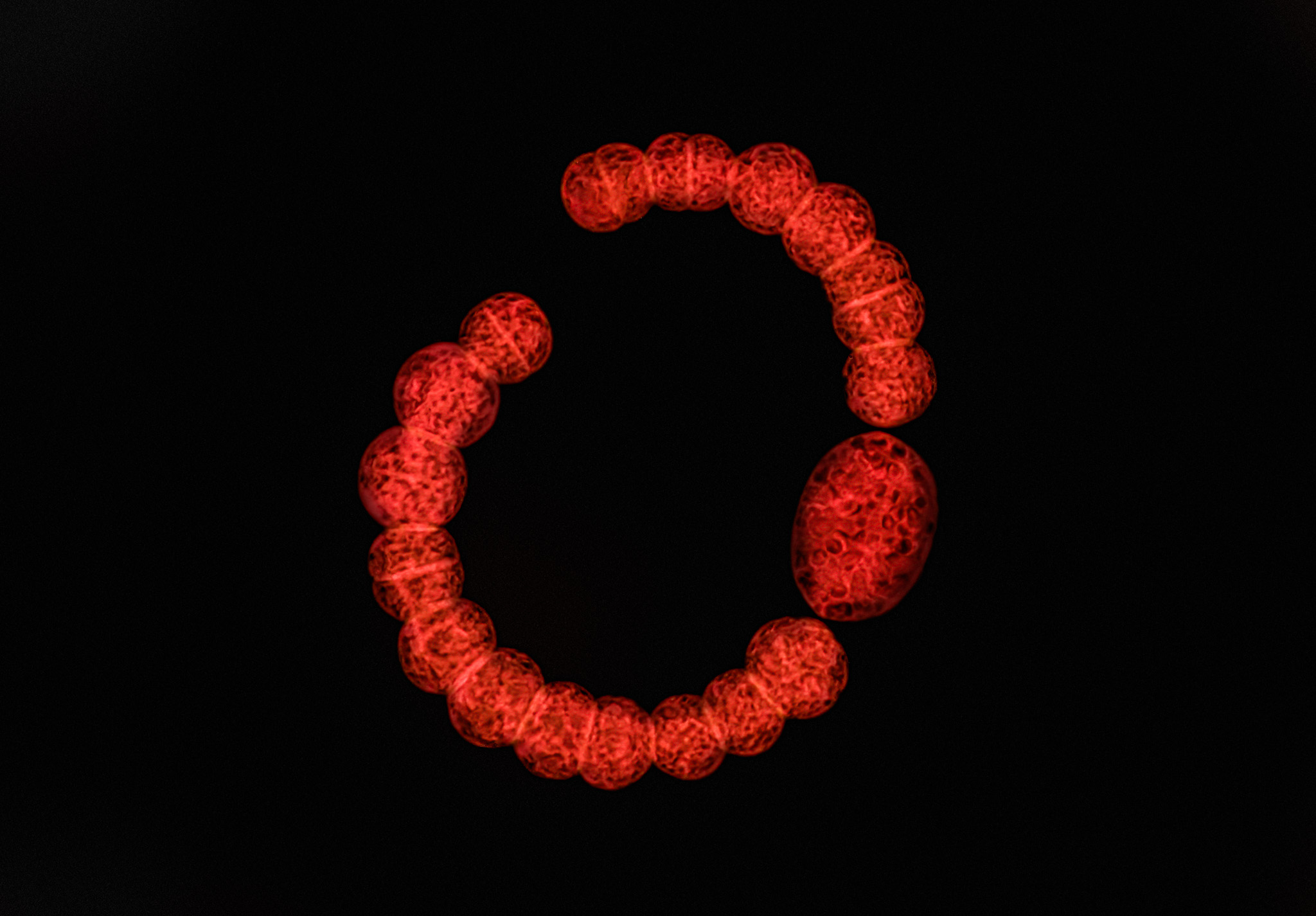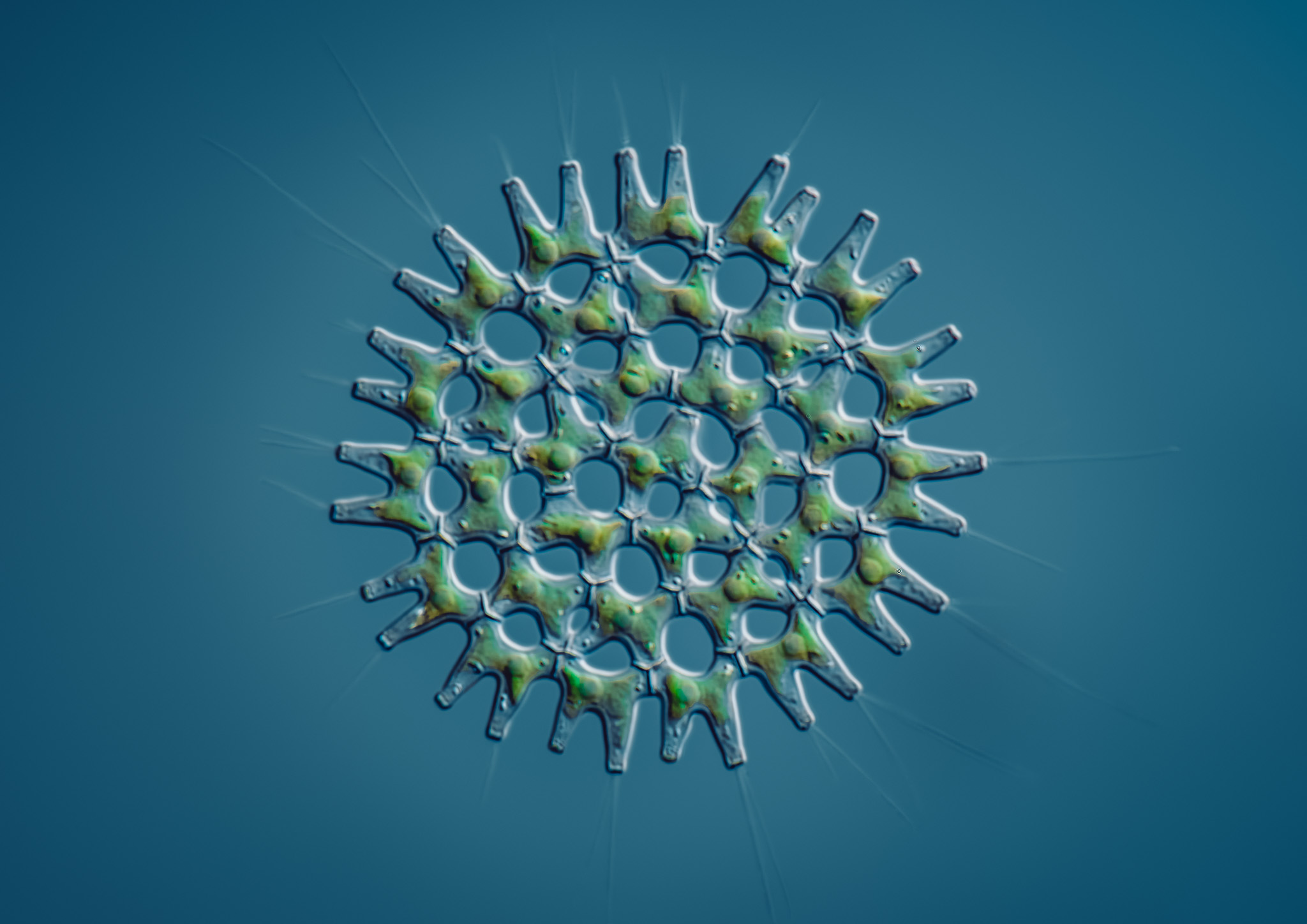Here you can post pictures and videos to show others.
-
hkv
- Posts: 1012
- Joined: Sun Nov 02, 2014 8:57 pm
- Location: Sweden
-
Contact:
#1
Post
by hkv » Sun Dec 20, 2020 6:31 pm
This fall I made a small contribution to a research project at Lunds University in Sweden. It was another member of this forum that introduced me to the project (Viktor J Nilsson). A big thank you for that Victor!
The project was about keeping track of harmful alga blooms. Residents around Vombjsön (Vomb Lake) helped researchers from Lund with daily water samples. The purpose was to study how the algal blooms in the lake are affected by the weather, not least the heat waves of recent years. One theory is that recent years' extreme weather is affecting the algal flora in the lake. During the extremely dry summer of 2018, the content of cyanobacteria decreased. In their place came a completely different group of algae, dinoflagellates. It seems knowledge about the dinoflagellates is limited, for example, it is unclear whether they can develop poison in an environment similar to that in Lake Vomb which was studied. The voluntary samplers followed the algae growth between July and September to see which of the two algae groups dominates in Vombsjön this year. The measurement results are published continuously and my contribution was to take a few photographs of what the samplers found. Below I selected a few photographs that I took in September/October using the samples I received. At this time of the year, the cyanobacteria had started to decline in favor of diatoms.
 Staurastrum, Aulacoseira granulata, Stephanodiscus
Staurastrum, Aulacoseira granulata, Stephanodiscus by
Håkan Kvarnström, on Flickr
 Diatom - Asterionella formosa
Diatom - Asterionella formosa by
Håkan Kvarnström, on Flickr
 Stephanodiscus and Closterium
Stephanodiscus and Closterium by
Håkan Kvarnström, on Flickr
 Woronichinia
Woronichinia by
Håkan Kvarnström, on Flickr
 Naiadinium polonium
Naiadinium polonium by
Håkan Kvarnström, on Flickr
 Stephanodiscus, Aulacoseira granulata, Fragilaria crotonensis
Stephanodiscus, Aulacoseira granulata, Fragilaria crotonensis by
Håkan Kvarnström, on Flickr
 Stephanodiscus and Closterium
Stephanodiscus and Closterium by
Håkan Kvarnström, on Flickr
 Nassula sp.
Nassula sp. by
Håkan Kvarnström, on Flickr
 Dolichospermum sp.
Dolichospermum sp. by
Håkan Kvarnström, on Flickr
 Dolichospermum sp.
Dolichospermum sp. by
Håkan Kvarnström, on Flickr
 Fragilaria crotonensis
Fragilaria crotonensis by
Håkan Kvarnström, on Flickr
 Fragilaria crotonensis
Fragilaria crotonensis by
Håkan Kvarnström, on Flickr
 Woronichinia
Woronichinia by
Håkan Kvarnström, on Flickr
 Pediastrum duplex
Pediastrum duplex by
Håkan Kvarnström, on Flickr
 Dolichospermum sp.
Dolichospermum sp. by
Håkan Kvarnström, on Flickr
-
Wes
- Posts: 1027
- Joined: Sat Mar 09, 2019 12:58 pm
#2
Post
by Wes » Sun Dec 20, 2020 6:49 pm
Wow! Extremely good images Håkan.
Zeiss Photomicroscope III BF/DF/Pol/Ph/DIC/FL/Jamin-Lebedeff
Youtube channel
-
Hobbyst46
- Posts: 4287
- Joined: Mon Aug 21, 2017 9:02 pm
#3
Post
by Hobbyst46 » Sun Dec 20, 2020 7:57 pm
All are fantastic, and my favorite winner is the green Closterium with two Stephanodiscus sattelites near the tow ends, on a dark blue background..
-
75RR
- Posts: 8207
- Joined: Sun Oct 12, 2014 2:34 am
- Location: Estepona, Spain
#4
Post
by 75RR » Sun Dec 20, 2020 8:52 pm
I think it is great that you are able to contribute to this interesting project. Do keep us informed.
Lovely images. Fantastic detail on the Pediastrum duplex and on the cytros on the nassula sp!
Zeiss Standard WL (somewhat fashion challenged) & Wild M8
Olympus E-P2 (Micro Four Thirds Camera)
-
hkv
- Posts: 1012
- Joined: Sun Nov 02, 2014 8:57 pm
- Location: Sweden
-
Contact:
#5
Post
by hkv » Sun Dec 20, 2020 9:00 pm
Wes wrote: ↑Sun Dec 20, 2020 6:49 pm
Wow! Extremely good images Håkan
Thanks!
75RR wrote: ↑Sun Dec 20, 2020 8:52 pm
Hobbyst46 wrote: ↑Sun Dec 20, 2020 7:57 pm
All are fantastic, and my favorite winner is the green Closterium with two Stephanodiscus sattelites near the tow ends, on a dark blue background..
Interesting that you say that, because others have said the same. Personally I find it interesting to compare the size between the diatom and the closterium. The diatoms looks o small next the the giant closterium.
Hobbyst46 wrote: ↑Sun Dec 20, 2020 7:57 pm
75RR wrote: ↑Sun Dec 20, 2020 8:52 pm
I think it is great that you are able to contribute to this interesting project. Do keep us informed.
Lovely images. Fantastic detail on the Pediastrum duplex!
Thanks, what I like about the Pediastrum duplex is the bristles that are visible at the ends of each "arm". I have never seen this before. Only in drawings in books but never in a photograph. I first thought they very flagella like, but apparently, they are stiffer.
-
D0c
- Posts: 267
- Joined: Mon Nov 30, 2020 9:13 pm
- Location: England
#6
Post
by D0c » Sun Dec 20, 2020 9:14 pm
Wow simply amazing.
Leitz SM-Lux
-
tgss
- Posts: 223
- Joined: Wed Jan 25, 2017 3:48 am
- Location: Ontario, Canada
#7
Post
by tgss » Mon Dec 21, 2020 2:16 am
Outstanding!
Tom W.
 Staurastrum, Aulacoseira granulata, Stephanodiscus by Håkan Kvarnström, on Flickr
Staurastrum, Aulacoseira granulata, Stephanodiscus by Håkan Kvarnström, on Flickr Diatom - Asterionella formosa by Håkan Kvarnström, on Flickr
Diatom - Asterionella formosa by Håkan Kvarnström, on Flickr Stephanodiscus and Closterium by Håkan Kvarnström, on Flickr
Stephanodiscus and Closterium by Håkan Kvarnström, on Flickr Woronichinia by Håkan Kvarnström, on Flickr
Woronichinia by Håkan Kvarnström, on Flickr Naiadinium polonium by Håkan Kvarnström, on Flickr
Naiadinium polonium by Håkan Kvarnström, on Flickr Stephanodiscus, Aulacoseira granulata, Fragilaria crotonensis by Håkan Kvarnström, on Flickr
Stephanodiscus, Aulacoseira granulata, Fragilaria crotonensis by Håkan Kvarnström, on Flickr Stephanodiscus and Closterium by Håkan Kvarnström, on Flickr
Stephanodiscus and Closterium by Håkan Kvarnström, on Flickr Nassula sp. by Håkan Kvarnström, on Flickr
Nassula sp. by Håkan Kvarnström, on Flickr Dolichospermum sp. by Håkan Kvarnström, on Flickr
Dolichospermum sp. by Håkan Kvarnström, on Flickr Dolichospermum sp. by Håkan Kvarnström, on Flickr
Dolichospermum sp. by Håkan Kvarnström, on Flickr Fragilaria crotonensis by Håkan Kvarnström, on Flickr
Fragilaria crotonensis by Håkan Kvarnström, on Flickr Fragilaria crotonensis by Håkan Kvarnström, on Flickr
Fragilaria crotonensis by Håkan Kvarnström, on Flickr Woronichinia by Håkan Kvarnström, on Flickr
Woronichinia by Håkan Kvarnström, on Flickr Pediastrum duplex by Håkan Kvarnström, on Flickr
Pediastrum duplex by Håkan Kvarnström, on Flickr Dolichospermum sp. by Håkan Kvarnström, on Flickr
Dolichospermum sp. by Håkan Kvarnström, on Flickr